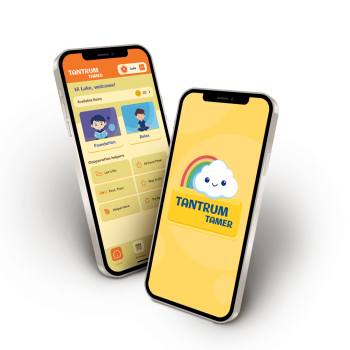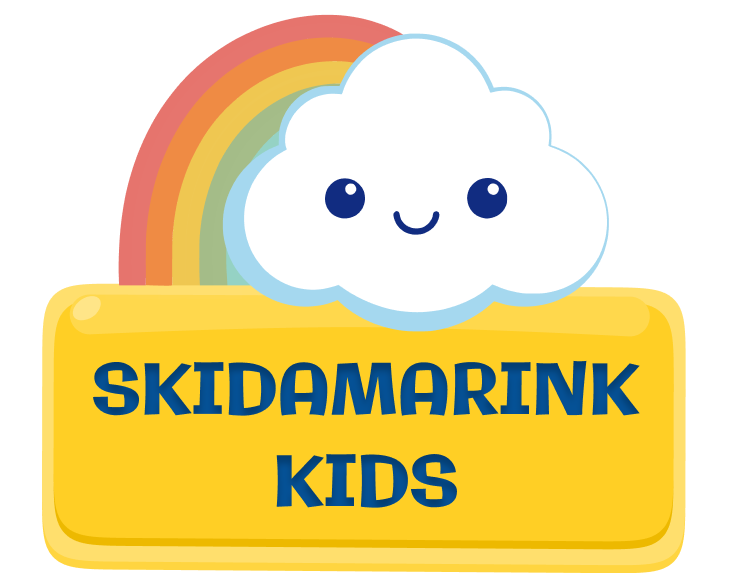Teaching kids cleaning tasks builds essential life skills while creating helpful family contributors. Moreover, children who learn cleaning early, develop better organizational habits and take pride in their living spaces. Additionally, these skills create independence that serves them throughout their lives.
Understanding Cleaning Skill Development
Children develop cleaning abilities gradually through different stages. First, beginners can handle simple tasks like dusting baseboards and putting items in designated bins. They also excel at wiping surfaces and matching similar items together.
Next, intermediate learners can manage basic vacuuming with lightweight equipment. Similarly, they can wash windows at their height level and organize spaces systematically. Furthermore, simple sorting tasks become manageable at this stage.
Finally, advanced cleaners can handle room organization independently. They can complete multi-step cleaning processes and work without constant supervision. Consequently, they develop confidence in managing their personal spaces.
Step-by-Step Teaching Method
Effective cleaning instruction follows a proven seven-step process. First, show the complete task from start to finish. This overview helps children understand the end goal. Then, break complex tasks into smaller, manageable steps.
Next, demonstrate each step clearly while explaining the process. Practice together initially to build confidence and correct technique. Additionally, provide gentle guidance as children work independently.
Allow increasing independence as skills develop. However, continue offering feedback and support when needed. Finally, give specific feedback about what children did well and areas for improvement.
Creating Visual Supports
Picture sequences work exceptionally well for teaching cleaning tasks. Children can reference these guides independently when they forget steps. Similarly, task cards provide quick reminders for specific cleaning activities.
Consider creating photo guides showing:
- Before and after room pictures
- Step-by-step cleaning sequences
- Proper tool usage and demonstrations
- Organization systems for toys and belongings
Visual supports reduce frustration and increase independence. Furthermore, they help children remember expectations without constant adult reminders.
Age-Appropriate Cleaning Responsibilities
The moving to grow philosophy recognizes that physical development builds in a specific sequence:
Young children can start with simple cleaning tasks that match their abilities. For example, they can dust low surfaces with microfiber cloths. Similarly, they can wipe up spills and put toys in designated containers.
As children grow, expand their cleaning responsibilities gradually. School-age children can vacuum small areas and clean mirrors. They can also organize their bedrooms and maintain personal spaces independently.
Remember that each child develops differently. Some may master cleaning tasks earlier, while others need more time and practice. Therefore, adjust expectations based on individual abilities rather than age alone.

Making Cleaning Enjoyable
Transform cleaning time into fun family activities. First, play upbeat music that makes work feel lighter. Additionally, create cleaning games with timers and friendly competitions. Using the phrase “Little Helper Tasks” or “Helper Tasks” instead of chores goes a long way. This positive framing helps children understand that helping is about caring for each other and working together as a team.
Offer choices whenever possible to give children control over their tasks. For example, let them choose which room to clean first or which cleaning tool to use. Moreover, work together as a team to build connection during cleaning time.
Celebrate completed tasks with enthusiasm and specific praise. Focus on effort and improvement rather than demanding perfection immediately.
Building Cleaning Routines
Establish consistent cleaning times that become natural habits. Daily quick cleanups work better than overwhelming weekly sessions. Additionally, connect cleaning tasks to existing routines like bedtime or after meals.
Use picture checklists to help children remember routine cleaning tasks. Provide right-sized tools that children can handle comfortably. Furthermore, give clear instructions and realistic expectations for each cleaning session.
Create routine times for different cleaning activities. For instance, toy cleanup might happen before dinner, while room organization occurs on weekends.
Troubleshooting Cleaning Challenges
When children resist cleaning tasks, make activities more playful and engaging. Offer choices about which tasks to complete first. Additionally, work alongside children to provide support and connection.
Keep cleaning sessions short to match children’s attention spans. Furthermore, celebrate effort rather than demanding perfect results immediately.
Quality issues are normal during the learning process. Focus on teaching specific cleaning skills rather than criticizing results. Show proper techniques again patiently and practice together regularly.
Want A Tool to Help Motivate Your Child?
Do you want an easy way to track chores, as well as use a motivating reward system? The Tantrum Tamer App has a “Little Helper” tool that allows your child to earn “Kid Koins” for simple self-care skills and chores.
With customizable features you can add your own “Shop Items” that will interest your child. The best reward is usually your attention, so we have some free reward ideas already in the App for you! Click on the above link for more details and download today!
Pro Tips for Cleaning Success
Start with one new cleaning task at a time to avoid overwhelming children. Be consistent with expectations while remaining flexible about methods. Additionally, focus on building confidence through small successes.
Allow natural learning curves and stay patient during the teaching process. Make cleaning feel important by explaining how it helps the whole family. Most importantly, remember that teaching life skills takes time and consistent practice.
Provide specific praise for good cleaning habits. Instead of general comments, say things like “I noticed how carefully you organized your art supplies” or “You did an excellent job wiping the table completely clean.”
With patient instruction and consistent practice, children can master cleaning tasks that serve them throughout their lives while contributing meaningfully to their families.
Want to Learn Which Chores are Right for Your Child and How to Motivate Your Child?
Check out our companion blogs, “Age-Appropriate Chores for Kids: Building Life Skills Early” and “How to Motivate Kids to Do Chores: Fun Strategies That Work”.
– Kendra
The Tantrum Tamer App Is Now Available!
Transform challenging moments into opportunities for growth and connection with Tantrum Tamer.
Download Today!



Key Features
- Expert tips and resources
- All done timers
- Breathing animations
- Interactive tools to improve cooperation
- Calming corner designer
- Daily schedule to promote natural development and self-regulation
- Motivating reward system with custom shop items
- Helper Hero tasks to increase independence
- Customizable features



